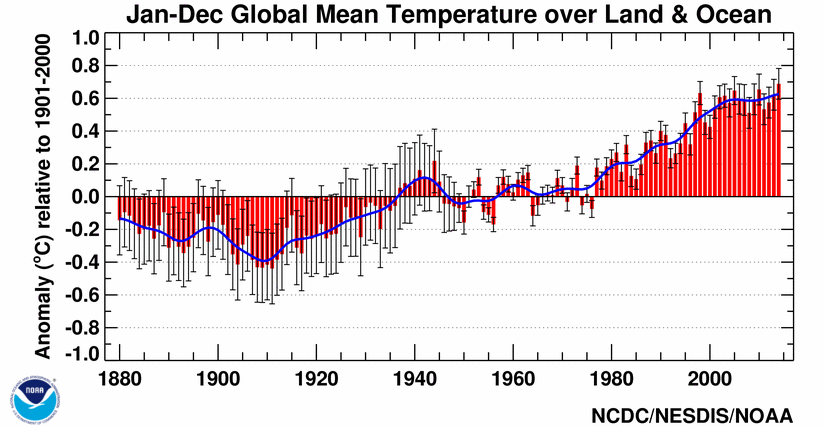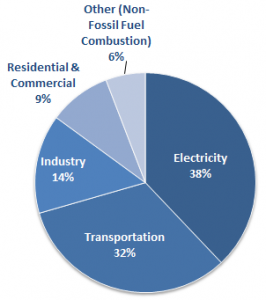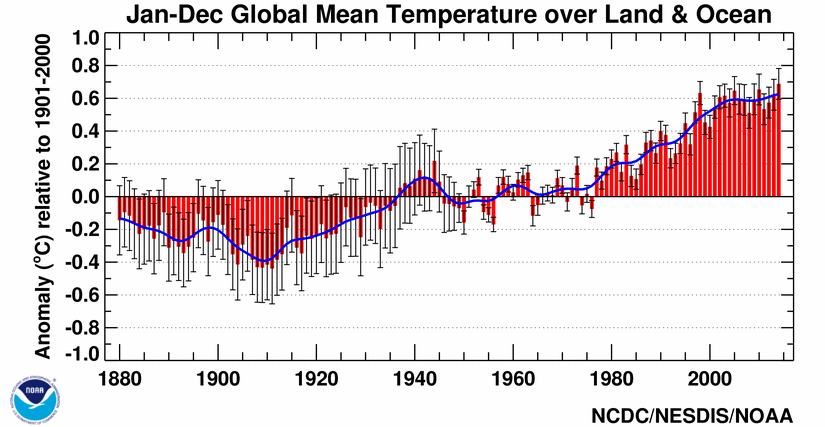January 4, 2023. By coincidence rather than design, two different approaches to reducing greenhouse gas emissions from the electric power sector have been under discussion by North Carolina agencies since 2021. This post will describe draft rules being considered by the N.C. Environmental Management Commission (EMC) in response to a petition for rulemaking submitted by Clean Air Carolina and the N.C. Coastal Federation. The rulemaking petition asked the EMC to adopt rules requiring units serving electric generators of 25 MW or greater to participate in a market-based program to reduce CO2 emissions.
A later post will cover the North Carolina Utilities Commission (NCUC) Carbon Reduction Plan. The two approaches share goals of reducing greenhouse gas emissions 70% by 2030 (from a 2005 baseline) and achieving carbon neutrality by 2050. The approaches differ in the generating units affected (although there is overlap) and the mechanism relied on to achieve the reductions.
The Proposed EMC Rules: The draft rules being considered by the EMC would set the stage for North Carolina to join 11 other states in a market-based program — the Regional Greenhouse Gas Initiative (RGGI) — to reduce carbon dioxide (CO2) emissions from electric generators. RGGI relies on a market concept similar to the “cap and trade” program EPA used to incentivize reductions in sulfur dioxide (SO2) emissions contributing to acid rain.
Background on RGGI. Seven northeastern states created RGGI in 2005. Over time, RGGI has expanded to include eleven east coast states: Connecticut, Delaware, Maine, Maryland, Massachusetts, New Hampshire, New Jersey, New York, Rhode Island, Vermont and Virginia.
RGGI uses cost to drive down CO2 emissions from electric generating units (EGUs) by requiring each EGU to buy an “allowance” for each short ton of carbon dioxide it emits annually. In the RGGI context, an “EGU” means a unit generating electricity for distribution to customers — an electric utility. Each participating RGGI state sets an annual emission budget that caps CO2 emissions from those EGUs; the combined state CO2 budgets become a regional budget for the RGGI states. The CO2 emissions budget gradually declines over time; currently, RGGI has a goal of reducing CO2 emissions by 30% (from a 2020 baseline) by 2030.
RGGI conducts quarterly auctions of available allowances (the number based on the CO2 emissions budget and other factors). EGUs can also purchase allowances directly from other emission sources. The net proceeds of the RGGI allowance auction (minus an administrative fee) go back to the participating state governments in proportion to the state’s share of the total RGGI emissions budget. RGGI characterizes itself as a “cap and invest” program because many of the participating states direct their auction revenue to support renewable energy; energy efficiency; measures to mitigate climate impacts; and assistance to low-income households.
Note: This is a very simple overview of the way RGGI operates. The RGGI program includes complex provisions on the conduct of auctions; calculation of emissions; emissions record-keeping and reporting; and measures to prevent allowance prices from going either too high or too low. More detailed information can be found through the RGGI website homepage.
The RGGI rulemaking petition. N.C. General Statute 150B-20 allows anyone to petition a state agency to adopt or amend a rule. In January 2021, Clean Air Carolina and the N.C. Coastal Federation filed a rulemaking petition requesting the EMC to adopt draft rules (included in the petition) creating the regulatory framework necessary for North Carolina participation in RGGI.
In July 2021, the EMC voted to approve the rulemaking petition. Approval of the rulemaking petition just means that the EMC has agreed to begin the rulemaking process based on draft rules submitted by the petitioners; it does not commit the EMC to adopt the rules. The EMC is still in the first stage of the rule-making process, which requires preparation of a regulatory impact analysis describing the rule’s effects, including the potential fiscal impact on state government, local government, and others affected by the rule. Once the fiscal analysis has been completed and approved by the Office of State Budget and Management, the draft rule and the regulatory impact analysis will be released to the public for review and comment.
At this stage of the rulemaking process, the EMC cannot change the draft rule as proposed by the petitioners. Once the public comment period has closed, the EMC can take one of three actions: 1. adopt the petitioners’ rule draft; 2. adopt the rule with changes to address questions or concerns raised in public comment or EMC discussion; or 3. decline to adopt the rule in any form.
Comparison of the Proposed N.C. Rules to Existing RGGI States. The draft rules submitted to the EMC by Clean Air Carolina and N.C. Coastal Federation use the basic structure of the RGGI program — a state CO2 emissions budget that declines over time and a requirement that each regulated generating unit must purchase an allowance for each short ton of CO2 that it emits. The draft rules differ from those adopted by other RGGI states in some key ways:
♦ The rules apply to a broader set of CO2 emission sources. In the other RGGI states, only electric generating units (EGUs) associated with electric utilities are required to hold allowances for CO2 emissions. The proposed N.C. rules would also apply to generating units of 25 MW or greater that are operated by industries or institutions to generate electricity for their own use. As a result, the N.C. rules refer to “CO2 budget units” rather than EGUs. Under the draft N.C. rules, EGUs are a subset of “CO2 budget units”.
♦ The rules apply to emissions from additional types of fuel. The proposed N.C. rules would apply to CO2 emissions associated with biomass or biofuels as well as fossil fuels.
♦ No North Carolina state agency would directly participate in the RGGI auction process. Unlike other RGGI states, North Carolina would not allocate the state’s CO2 allowances to the RGGI auction directly. Instead, the state would develop a state CO2 budget; create “conditional” allowances based on the budget; and assign those allowances — at no cost — to the regulated generating units in N.C. The draft rule requires those units to consign their allowances to RGGI and purchase the allowances back through the RGGI auction before they can be used to comply with the rule.
♦ Net proceeds of the RGGI auction would go back to the CO2 budget units instead of becoming state revenue. In other participating RGGI states, a designated state agency receives the net auction revenues and directs the use of those funds consistent with state law. The draft N.C. rules have the net auction revenues return to the regulated generating units. As a result, no N.C. state agency would have any direct involvement in the RGGI auction process at either the beginning (consignment of allowances to the auction) or end (receipt of revenues from the auction).
The draft N.C. rules include a provision allowing CO2 budget units to use auction proceeds “for public benefit, strategic energy, or other purposes approved by the [N.C. Utilities] Commission”. Note that a number of the CO2 budget units covered by the draft N.C. rule are not EGUs regulated by the N.C. Utilities Commission; municipal and co-op systems fall outside the NCUC’s jurisdiction. The Division of Air Quality has determined that the draft N.C. rule would also cover a small number of generating units operated by an institution or industry to generate power solely for its own use. In any case, the draft rule language seems to be sufficiently broad to allow most generating units to use auction revenue just as they use revenue from rates or other sources. Units that fall under the NCUC jurisdiction would continue to be subject to that commission’s usual oversight with respect to rates and plans to meet electricity demand.
Since the fiscal analysis of the N.C. rule hasn’t been completed, there is not yet an estimate of the amount of revenue likely to return to the electric generating units covered by the N.C. rule. But the revenues returning to existing RGGI states (reported on the RGGI website ) have been substantial. For example, the state of New York’s revenue has ranged from $300,000,000 to $500,000,000 for each 3-year RGGI auction cycle.
♦ The draft rules propose a steeper reduction in CO2 emissions than that required by current RGGI states. The draft N.C. rules require a 70% reduction by 2030 (from a 2005 baseline) and carbon neutrality by 2050. The existing RGGI program has a goal of 30% reduction in CO2 emissions by 2030, although the participating RGGI states have decided to review the goal given progress to date. The difference would mean a steeper reduction curve for N.C. sources compared to those in states currently participating in RGGI.
Next Steps. Before the EMC makes any decision about adoption of the proposed rules, the draft rules will be published for public review and comment along with the regulatory impact/fiscal analysis. The Division of Air Quality originally anticipated that the fiscal analysis would be complete in November 2022, allowing the EMC to receive public comments in early 2023 and make a rulemaking decision in May 2023. Final approval of the fiscal analysis has been delayed, however, to allow more time for review by the Office of State Budget and Management. The delay means the EMC may not be able to take any action on the proposed rules until later in the summer of 2023.







